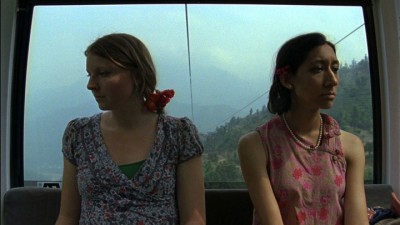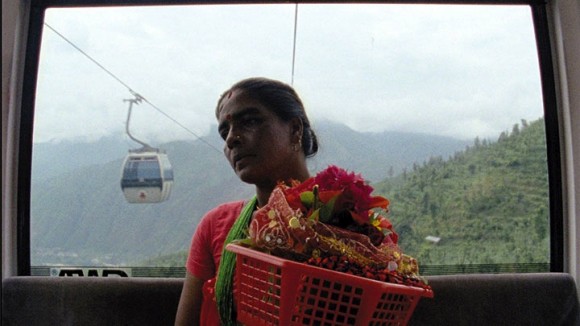Many of the earliest films were documentaries. These ranged in style from the Lumiere brothers’ observational short films, such as Arrival of a Train at a Station (1895) and Workers Leaving the Lumiere Factory (1895), to films with more of a narrative structure, such as Robert J. Flaherty’s Nanook of the North (1922).
In the Lumieres’ films, the train simply arrives at the station; the workers leave the factory. In Flaherty’s piece, inter-titles inform us of Nanook’s bravery despite the ever-present threat of starvation in the Arctic. The film becomes a story of Nanook and his family battling adversity.
In the century since these early films, the observational documentary genre has tended to be superseded by the narrative style in which the filmmaker is present – whether by interviewing subjects off-camera (Errol Morris), through the use of voiceover (Werner Herzog), or by entering the frame itself (Michael Moore). In these films an arc exists, usually leading to a conclusion.
 It is therefore of great interest to see Manakamana (2013), a film by the pairing of anthropologist and filmmaker Stephanie Spray and filmmaker Pacho Velez. The film documents 12 unedited cable car trips over the Nepalese jungle bringing pilgrims to and from Manakamana, a Hindu temple in Nepal. Our cable car companions are varied: an elderly couple carrying a sacrificial chicken; a trio of young rock musicians dressed in black; a mother and daughter eating ice cream. The camera is fixed in place facing the pilgrims. Without a backstory, we connect with the humanity of our cable car co-passengers.
It is therefore of great interest to see Manakamana (2013), a film by the pairing of anthropologist and filmmaker Stephanie Spray and filmmaker Pacho Velez. The film documents 12 unedited cable car trips over the Nepalese jungle bringing pilgrims to and from Manakamana, a Hindu temple in Nepal. Our cable car companions are varied: an elderly couple carrying a sacrificial chicken; a trio of young rock musicians dressed in black; a mother and daughter eating ice cream. The camera is fixed in place facing the pilgrims. Without a backstory, we connect with the humanity of our cable car co-passengers.
Perhaps most intriguing of all is the lone woman carrying a basket of flowers. She begins to the left of frame, holding the basket high for the camera. As the journey progresses she edges to the middle of the car, and – one presumes – brushing knees with one of the filmmakers, smiles. She is at once aware of the presence of the camera but in the 10 minutes we spend with her it feels as though we get a glimpse of her nature: her silent preoccupation; her interest in the surrounds; her wistfulness.
Manakamana recalls the sense of awe and possibility of Dziga Vertov’s Man with a Movie Camera (1929), a film that celebrates the versatility of the cinematic medium. Vertov called this unique vision provided by the camera the ‘kino eye’. From our seated position in the theatre, cinema can take us anywhere – even over the mountain ranges of Nepal.
The kino eye is alive and well in Manakamana. This meditative documentary is screening on Sunday June 15 at 3.30 pm at the Dendy Opera Quays Cinema 3.
Director: Stephanie Spray, Pacho Velez Producer: Lucien Castaing-Taylor and Véréna Paravel Year: 2013 Country: USA, Nepal Runtime: 118 minutes Language: Nepali, English Subtitles: English



